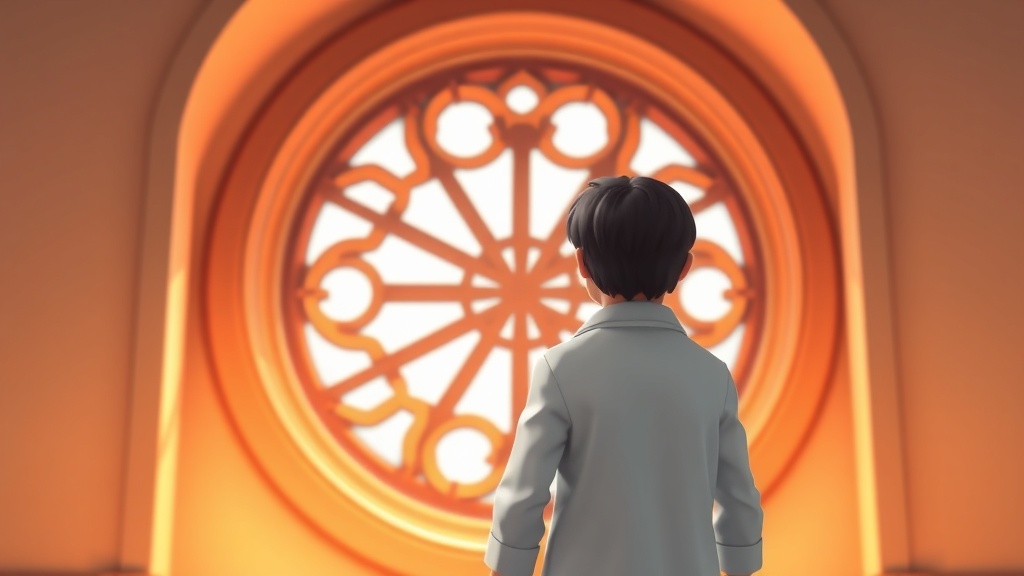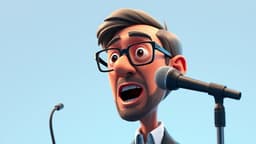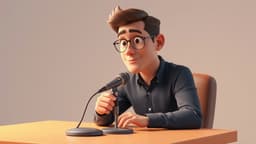Home / Arts and Entertainment / Cinematographer Dan Laustsen Unveils the Visual Magic Behind Guillermo del Toro's "Frankenstein"
Cinematographer Dan Laustsen Unveils the Visual Magic Behind Guillermo del Toro's "Frankenstein"
17 Nov
Summary
- Longtime collaborators del Toro and Laustsen reunite for a "Frankenstein" adaptation that is a "love story, not a horror movie"
- Innovative use of large-format Alexa 65 camera and Thalia Leica lenses for dynamic, deep-focus shots
- Extensive use of practical effects, including miniatures, full-scale sets, and real-time lighting for a naturalistic look

In a recent interview, acclaimed cinematographer Dan Laustsen provided a behind-the-scenes look at his collaboration with director Guillermo del Toro on their latest project, a visually striking adaptation of the classic "Frankenstein" tale. Laustsen, who has worked with del Toro on several previous films, including "Crimson Peak" and "The Shape of Water," revealed that the two have developed a close creative bond over the years, with a shared passion for bold, atmospheric visuals.
For "Frankenstein," Laustsen and del Toro worked to craft a distinct visual style that would set their interpretation apart from previous adaptations of the story. Embracing del Toro's vision of the film as a "love story, not a horror movie," the duo opted for a palette of "amber and steel blue" and a heavy reliance on practical, in-camera effects. Laustsen insisted on shooting the entire production on the large-format Alexa 65 camera, paired with Thalia Leica lenses, to achieve a deep-focus, cinematic look that would draw the audience into the action.
The filmmakers' commitment to practical effects was evident throughout the production, with Laustsen noting that there was "not one scene shot on blue screen." Miniatures were used for key sequences, such as the castle explosion and collapsing laboratory, while the full-scale ship was built on a gimbal to allow for dynamic camera movements. Even the complex creation sequence, blending sunset, rain, smoke, and lightning, was engineered entirely through practical means, a testament to del Toro and Laustsen's dedication to in-camera craft.
As Laustsen reflects on the project, it's clear that the "Frankenstein" adaptation represents the latest chapter in his long-standing creative partnership with del Toro, a collaboration that has consistently produced visually stunning and emotionally resonant films.




